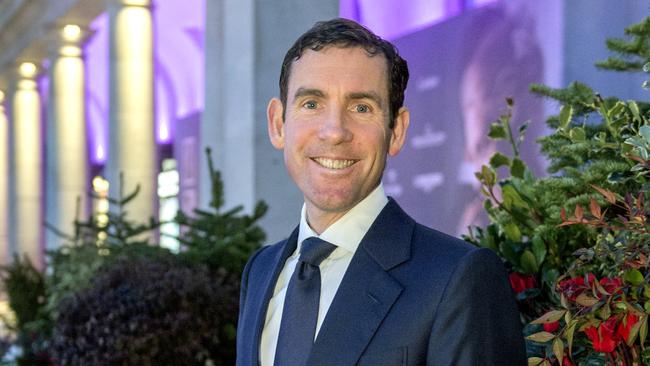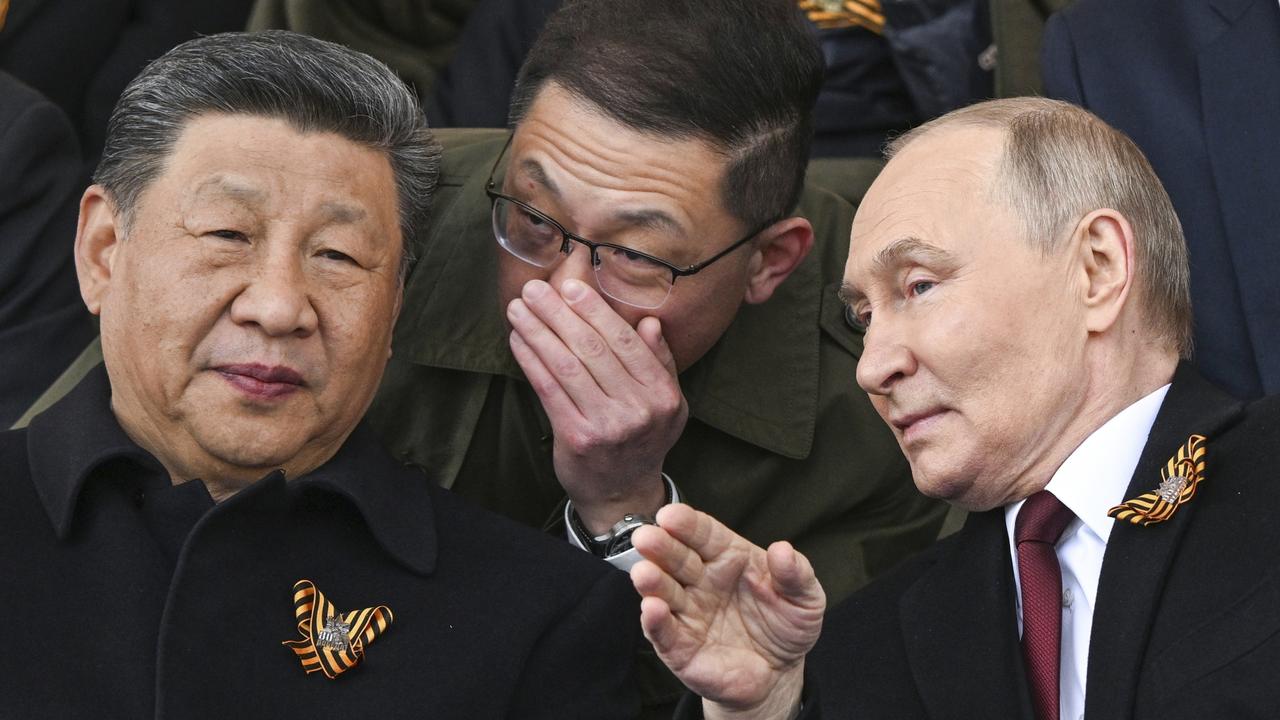Greensill leaned on Wall Street giants before it collapsed
Lex Greensill often spoke about disrupting big banks. But before his start-up collapsed, it relied on Wall Street to fuel its expansion.

The Australian founder of Greensill Capital spoke frequently about disrupting big banks. But before the financial start-up collapsed this month, it relied on the apparatus of Wall Street to fuel its expansion.
Greensill’s closest Wall Street relationship was with Credit Suisse Group, which provided it financing through $US10 billion of investment funds. But a clutch of other big players -- including Citigroup, Morgan Stanley, Ernst & Young, and Moody’s Investors Service -- played key roles in Greensill’s rise.
Citigroup expanded its business with Greensill despite repeated warnings internally not to do so because of reputational issues, according to people familiar with the Citigroup-Greensill relationship. The big US bank operated a trust that processed payments for Greensill’s borrowers, forwarding money on to investors in the Credit Suisse funds. Citigroup also worked on a failed last-ditch attempt to raise fresh capital for the start-up.
Greensill was founded in 2011 by Australian former Morgan Stanley and Citigroup banker Lex Greensill. The firm specialised in supply chain finance, a form of short-term corporate lending.
Greensill planned to outmanoeuvre big banks that dominate the industry with better technology and by offering the service to more clients. Many of Greensill’s clients were blue-chip companies, though it also made other, riskier loans that were longer-term or for borrowers that were more precarious.
Greensill filed for bankruptcy earlier this month after it lost credit insurance that was crucial to its business. Credit Suisse suspended the investment funds. Greensill’s bank in Germany is under investigation by authorities into its accounting for loans to a major client.
The start-up’s business model required complex financial engineering. It made supply chain loans to companies, then packaged them up into notes, selling those on to investors, which served as off-balance-sheet financing for Greensill.
Citigroup operated a trust for Greensill, according to a Greensill marketing document and the people familiar with the Greensill-Citigroup relationship.
Such trusts are common on Wall Street to handle the nitty-gritty of moving money among financial entities. Yet employees on Citigroup’s trade finance team raised concerns in conversations and emails multiple times over the past five years about doing business with Greensill, according to the people.
Some of the warnings, which centred on Greensill’s business practices, were made to senior managers who oversaw treasury and trade, trusts and banking coverage, one of the people said.
In 2019, employees brought their concerns to the bank’s business practices committee, which assesses conflicts of interest and other reputational risks to the bank, said one of the people.
Greensill was also competing with Citigroup in the area of supply chain finance, leading some of the bank’s employees to believe the bank shouldn’t be facilitating business for it. The trade finance unit had refused to do any deals associated with Greensill, according to the people.
The business practices committee’s response couldn’t be determined, though Citigroup expanded its business with Greensill in 2020 when it helped the company hunt for fresh capital, the Journal has reported.
Some inside Citigroup believed there wasn’t much risk because the bank was essentially processing transactions and wouldn’t be directly exposed to Greensill.
A Citigroup spokesperson declined to comment.
Greensill also leaned on Morgan Stanley, which for several years acted as an intermediary between Greensill and the investors in the notes. These included funds at Credit Suisse and Swiss asset manager GAM Holding AG, according to people familiar with the funds and the Greensill marketing document reviewed by the Journal.
Morgan Stanley provided the funds with information about the notes, including pricing and duration of the underlying loans, and placed the notes with the funds for a fee, the people said.
Morgan Stanley also helped Greensill’s biggest client in 2019, when GAM shut a fund that had been an important source of financing for Greensill. Some of the assets in the GAM fund were tied to businesses owned by UK steel magnate Sanjeev Gupta.
Morgan Stanley used a special-purpose vehicle to repackage about £220 million, equivalent to $US300 million, of Greensill-arranged bonds related to Mr Gupta’s businesses held in the GAM funds. Morgan Stanley then sold them to its clients, according to some of the people familiar with the funds.
Big Four accounting firm EY had a close-up look at Greensill’s business. In 2019, EY performed investing due diligence on Greensill for SoftBank Group Corp’s Vision Fund, Greensill’s biggest outside investor, according to a SoftBank investment memo reviewed by the Journal.
EY told the Japanese investor it faced several risks, including that Greensill relied heavily on a handful of clients for most of its revenue, and that access to trade credit insurance was a constraint on Greensill’s business.
EY said in the memo that it expected Greensill to diversify its pool of clients and that insurance would become less important as Greensill established a successful record. Those expectations didn’t come to pass. Greensill collapsed into insolvency after a major credit insurance provider said it would stop providing new coverage.
Greensill was also a client of EY, which performed due diligence on some Greensill projects. In 2019, EY, using a panel of independent judges, named Lex Greensill its Entrepreneur of the Year in Australia, citing the company’s aspirations to democratise supply-chain finance.
By February this year, EY had become wary of working with Greensill because of the possible reputational hit, according to people familiar with the matter.
Credit ratings company Moody’s rated three multibillion-dollar funds at GAM and Credit Suisse that invested in securities created by Greensill. The funds were given the third highest rating on Moody’s scale for bond ratings, which indicates that assets are generally considered “upper-medium credit quality.”
The ratings were important to Greensill because they made it possible for a broader pool of investors to buy into the funds. The Moody’s analysts noted that sometimes the assets were concentrated in just a handful of Greensill clients.
It wasn’t until March, however, until after the funds were suspended, that Moody’s downgraded the Credit Suisse-Greensill funds and put the GAM-Greensill fund on review for downgrade.
A Moody’s spokesperson declined to comment.
Wall Street Journal







To join the conversation, please log in. Don't have an account? Register
Join the conversation, you are commenting as Logout